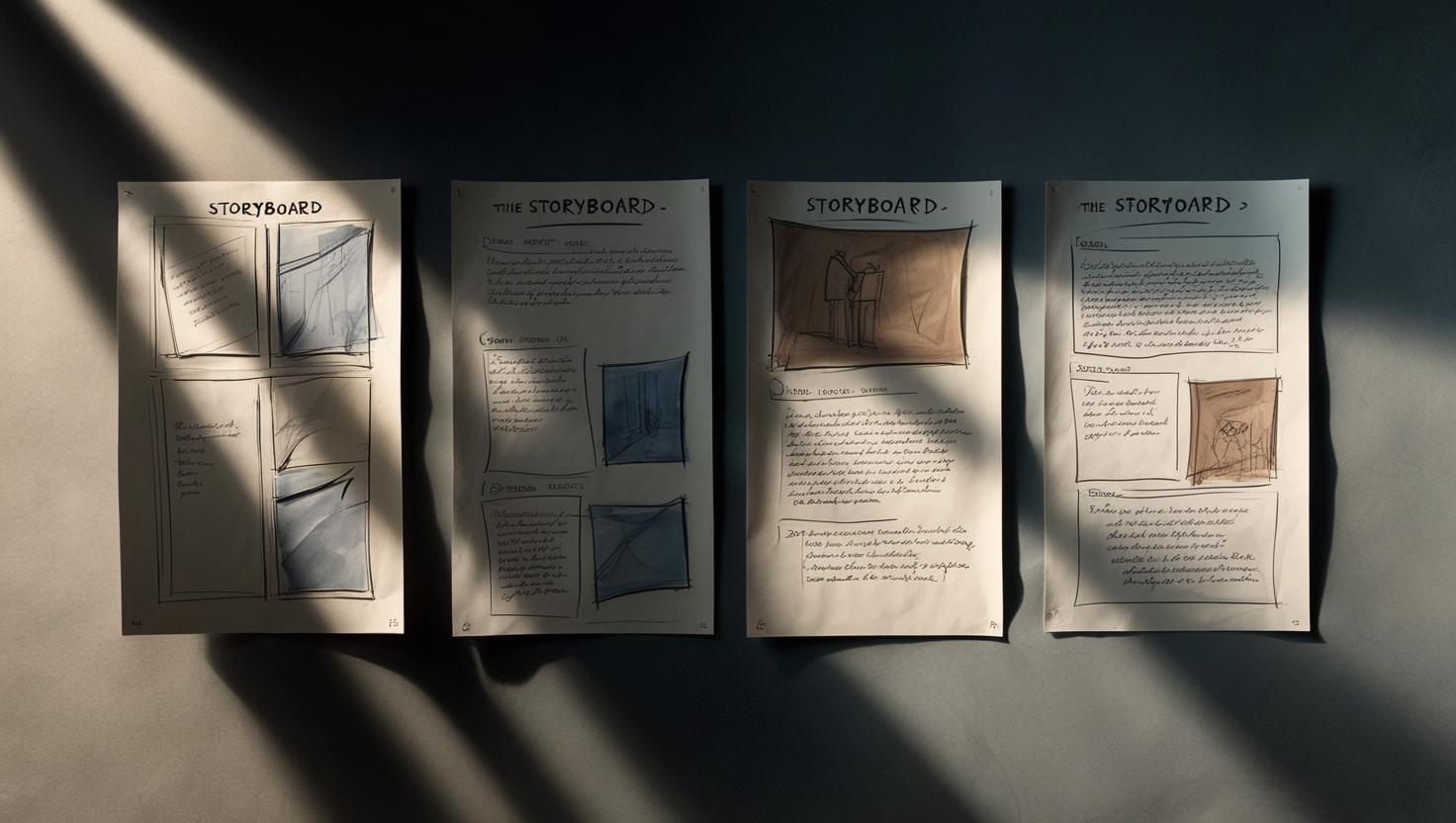You have written language and you have spoken language. The first is meant to be read, the latter listened to. Logical. Or not quite? Using the tips below you can write your copy as it needs to be spoken.
Writing for a spoken medium: you have the story just right, in your head. During your presentation to the client you relate it perfectly, everybody happy. Time to write it down, get into the studio, put the voice-over to work…and that’s when it happens. The voice-over talks and you think ‘What did they just say?’ Assuming the voice talent is capable of more than just mumbling, where did it all go wrong? Often it’s a case of written language creeping into a script intended to be spoken aloud.
1. Short. Clear.
Keep sentences short and work with simple vocabulary. And when we mean short, we really mean very short. Sentences with twelve words are already on the long side. 8 words a sentence, max, will work much better. This is the way to get really punchy sentences that are picked up easily by the listener.
There is an enormous difference between this and written language, where sentences of 20, even 30 words are perfectly fine. What’s wrong with long sentences you may ask? Simple: there’s a big chance that 28 words in, the listener can’t remember what it was you said at the start of the sentence.
Take for example a radio commercial. There’s no rewind button for radio so the moment the listener loses the thread of the story is the moment you really lose them. On the page it’s very different. You can just read the sentence again. Make sure the sentences in your script are easy to follow and use words that are easily understood.
What’s more, when long sentences are spoken aloud they often take a lot more time than you had anticipated. Floris Briels from Oxford House says: ‘I often think, this sentence has to work within 4 seconds. Then it turns out you need another 2 or 3 seconds to get it just right.’
2. Think about the timeline
Unfortunately, there are always occasions when using sentences of 20 or more words is unavoidable. The easiest way to lose your listener in these instances, is to tell the audience things at the beginning of the sentence that don’t get explained until the very end. In other words, switch the sentence around and make sure your message comes across in the right order. If the timeline makes sense i.e. cause always comes before effect, then it’s possible to write even a 40 word sentence in such a way that the listener can follow it.
3. Avoid wasted breath
Speaking of. Sentences with 28 words or more are rarely written by one person. You need more people for those. Avoid a talking shop, or those unruly meetings where loads of people want to voice an opinion and everyone takes turns pissing on the script.
That ‘medical screening’ must not, six corrections later, have turned into ‘a very thorough surgical screening, including a second opinion for both young adults, adults and elderly patients, anyone within the 14-64 year age range’. All you manage to achieve with these kind of changes is a lot of wasted breath. Nothing more.
Ilona Lodewijckx from StoryMe describes it like this: ‘When writing it’s important to make everything really clear and unequivocal. With spoken language context and shared knowledge play a bigger role, things can be left unsaid or indirectly implied’.
4. Embrace the Reverse Punchline
Dutch comedian Arjen Lubach took the piss out of them in his TV programme Sunday with Lubach, but man, they work: the reverse punchline (in Dutch ‘andersomliner’). It’s a trick that the Dutch NOS news use at the top of almost every item. The presenter opens immediately with a striking detail from the story to grab your attention. Have a read:
Written language: In the Basque region of Spain an enormous forest fire has broken out which, according to Spanish authorities, poses a threat to the town of San Sebastian.
Or using the Reverse Punchline, or as in spoken language:
A giant forest fire. That’s what has broken out in the Spanish Basque. A fire so enormous that it is threatening the town of San Sebastian. Today tens of firemen are trying to extinguish it.
Ok, let’s try and translate that into a possible promo for an app:
On the page:
With our app you will find more than 300 designs who can provide a logo or design for your company. Whether you are looking for an outstanding, corporate or colorful deisign.
But in a promo?
A outstanding design. A corporate design. A colorful design. It makes no difference. With our app you will find the designers for your company logo or design
5. Bonustip: Read it out loud
Do you want to know if the script is any good? Imagine you’re a voice-over and read it out loud. Fleur van Wijck from the agency In60Seconds can’t say it often enough: ‘Tripping over something? Do your colleagues not quite get what you’re saying? Then the script isn’t reading well yet!’
Voicebooking.com blogs blogs together with industry experts. For this blog many thanks to Floris Case Briels (Oxford House), Ilona Lodewijckx (StoryMe) and Fleur van Wijck (In60Seconds).
Ready to upgrade your script? Read more about it in our whitepaper with tips on writing captivating voice over scripts. Download it here.
Have you got an idea for a blog post? Let us know!




